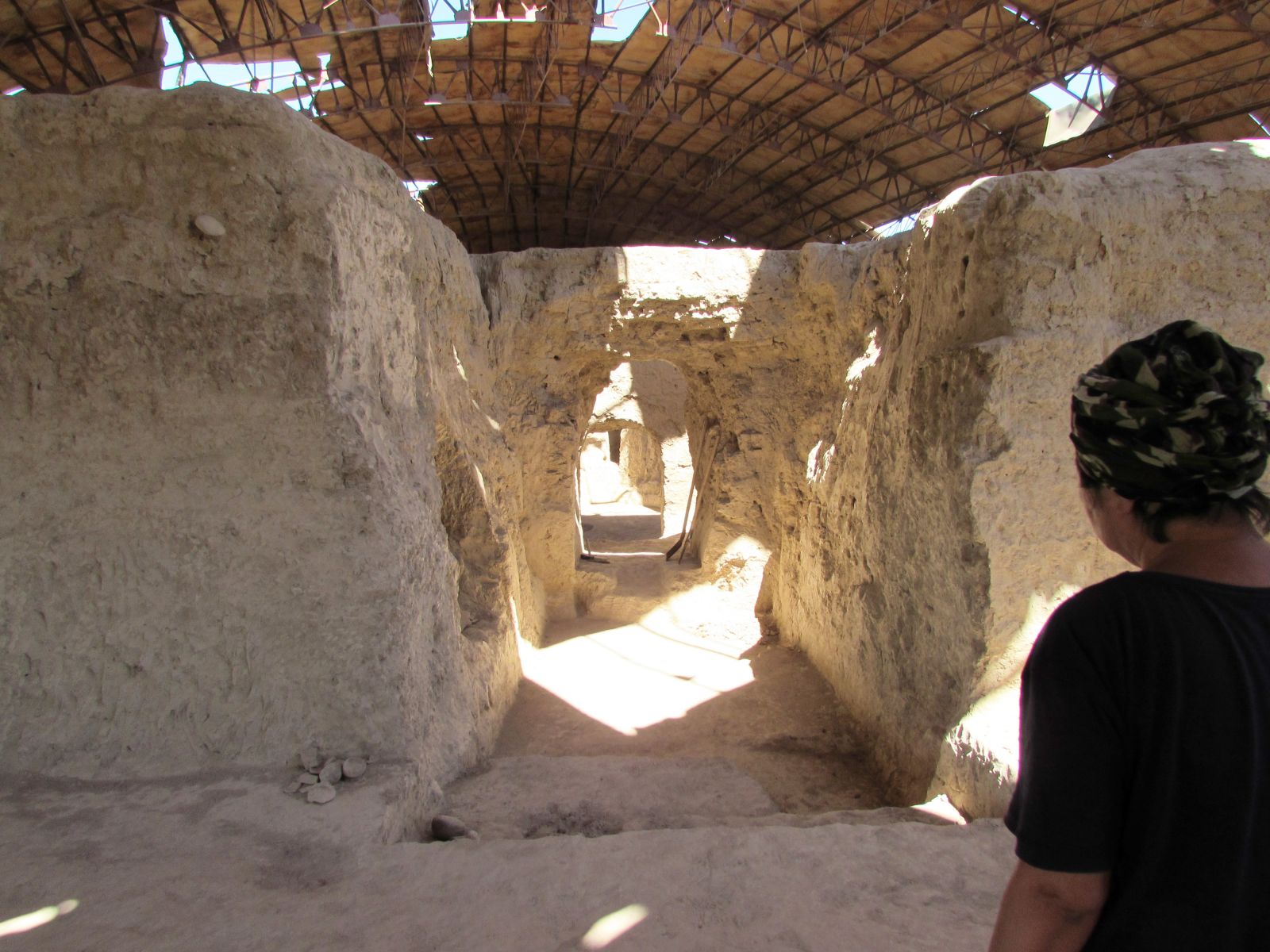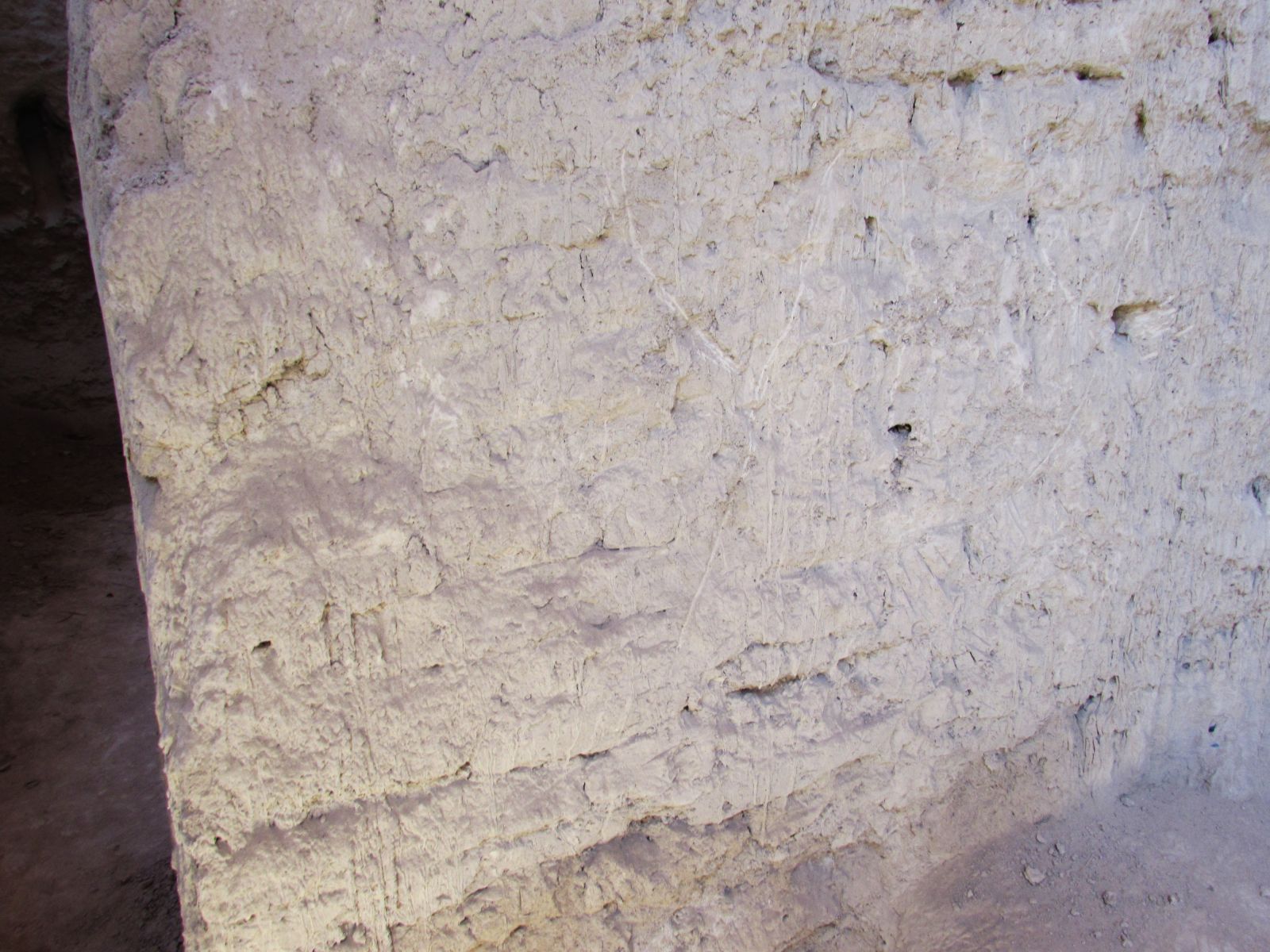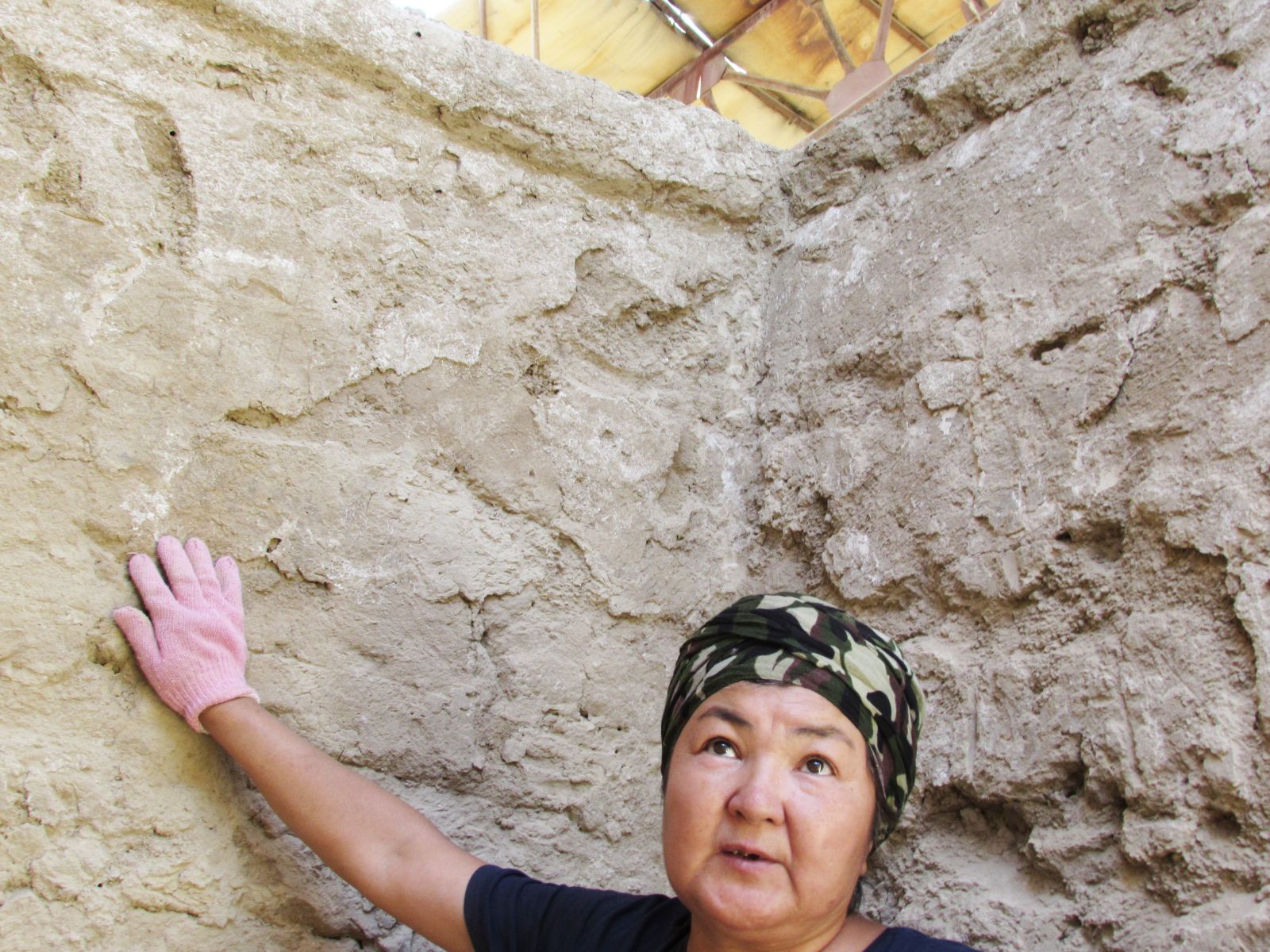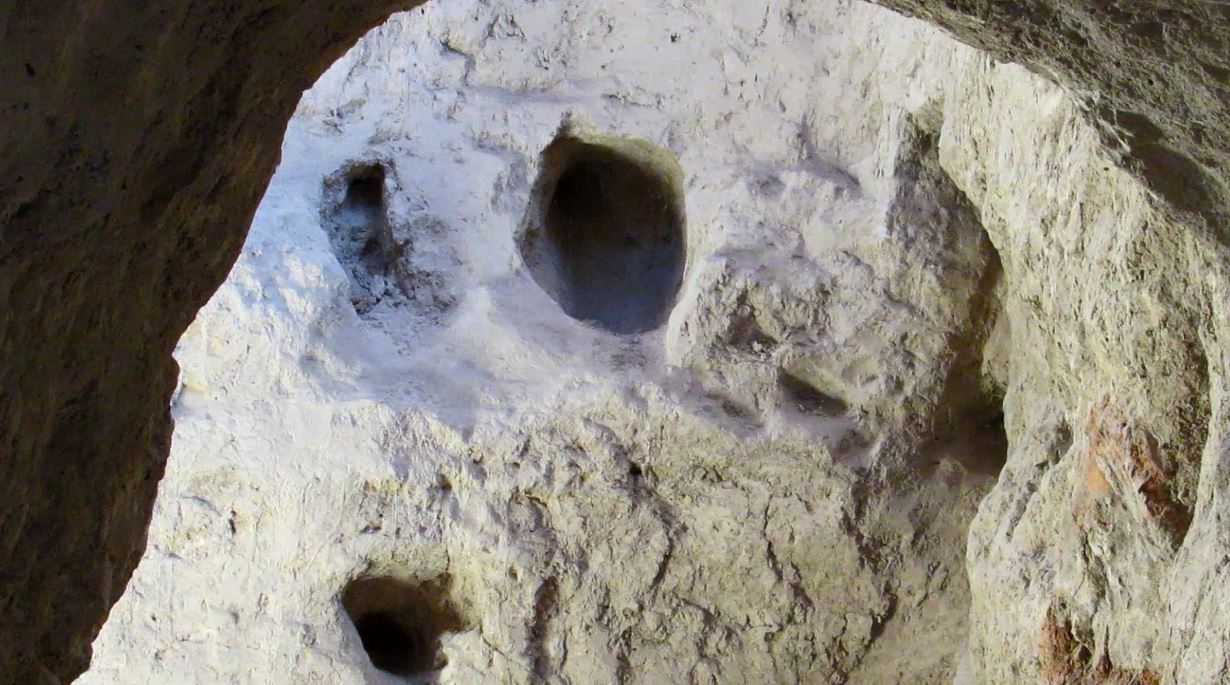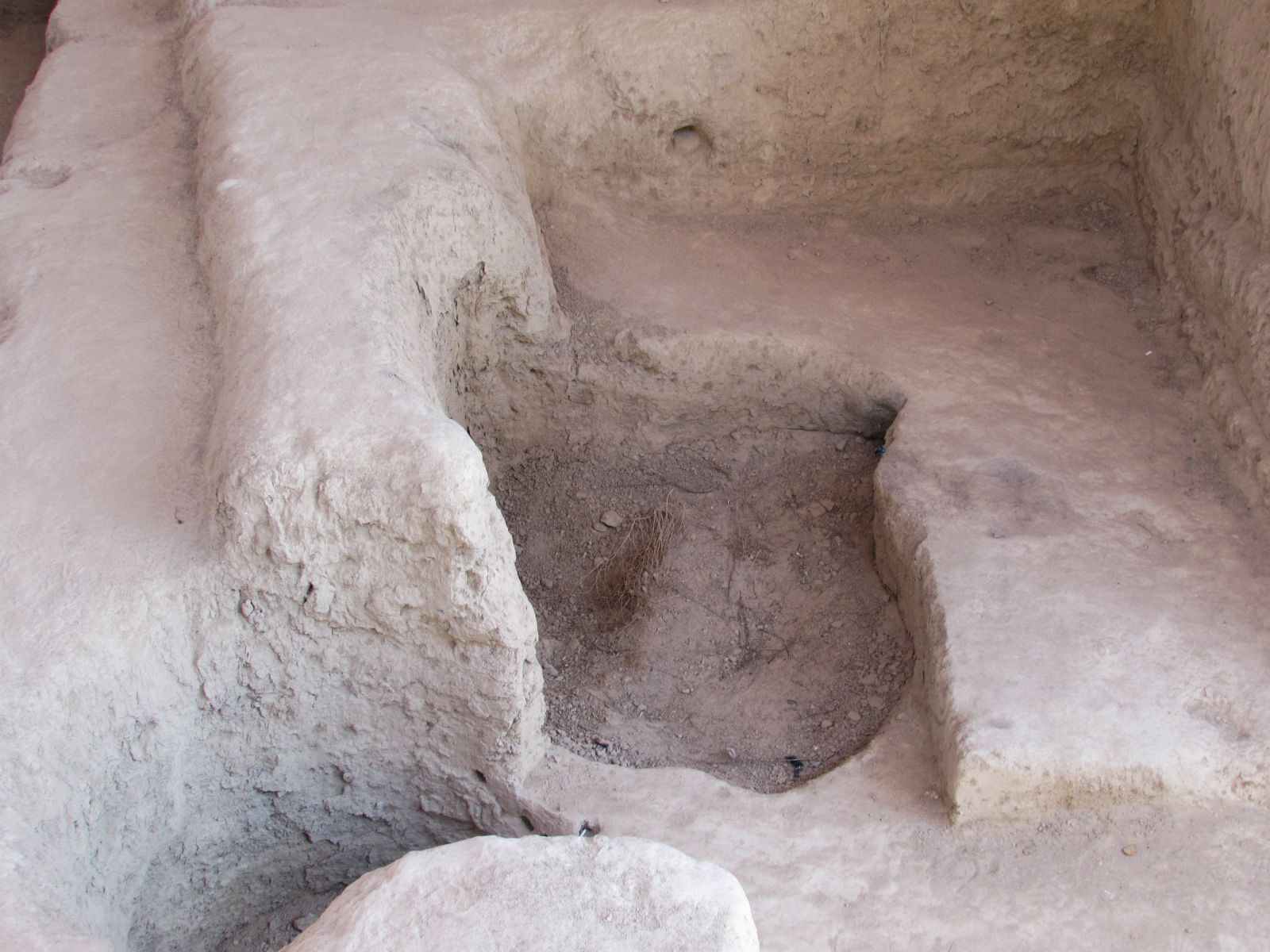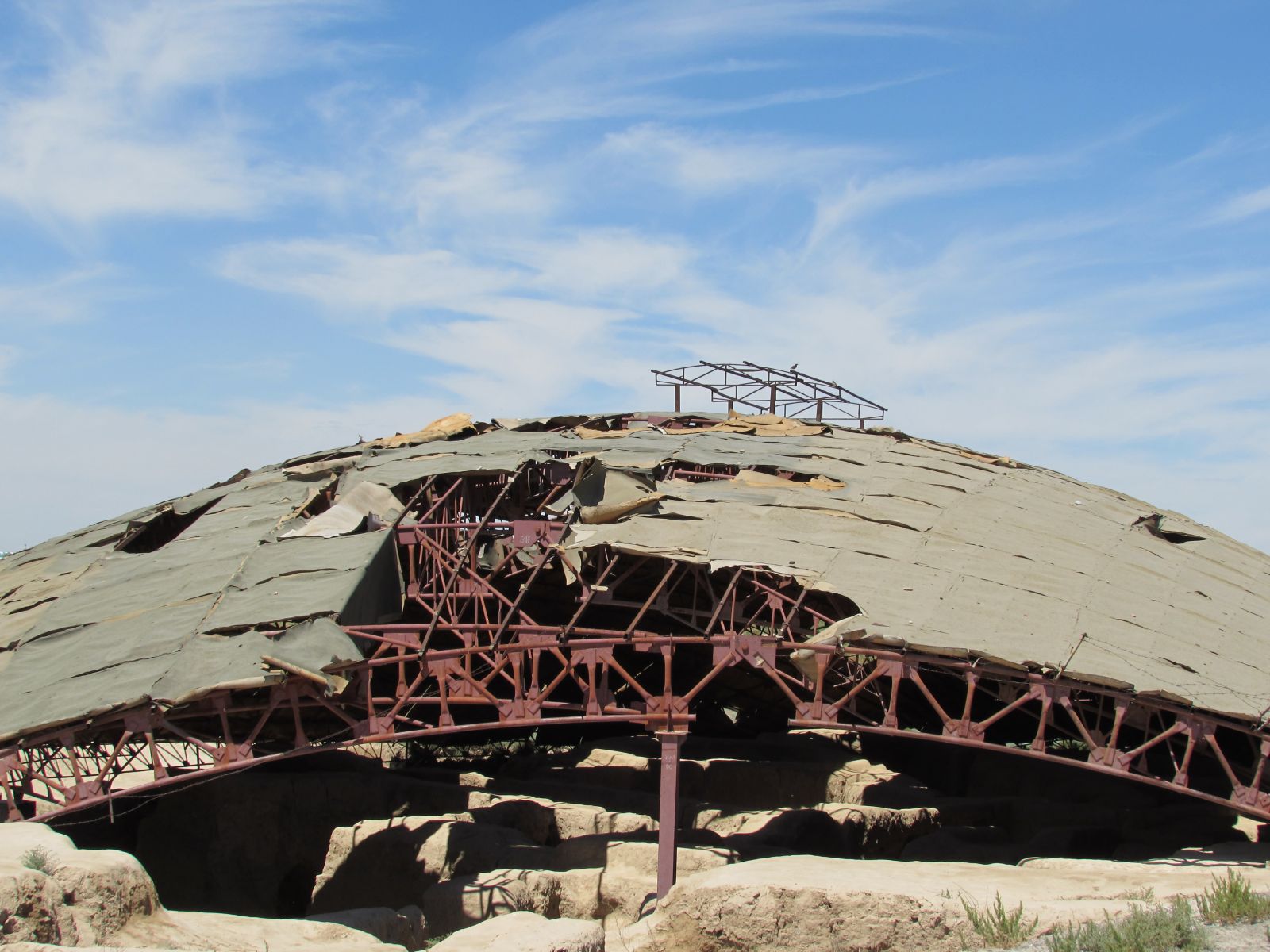We visited this city and could not pass by its ancient town of Kultobe, where archaeologists worked enthusiastically.
We were kindly greeted by Aisulu Erzhigitova, Senior Researcher of the Department of Archeology of the South Kazakhstan Regional Museum of Local History.
- The ancient layers of this settlement were opened in 2010. Since that time, studies of Ancient Turkestan have been conducted by the Turkestan archaeological expedition of the A. Margulan Institute of Archeology under the guidance of Erbolat Smagulov, one of the leading researchers of the Turkestan region. Since 2010, archaeologists have been working in the framework of the program "Cultural Heritage", then for a certain period they worked under a grant from the Ministry of Education and Science of the Republic of Kazakhstan. The amount of work in each season depends on the budget allocated, but it is usually not large. And we have large-scale plans - to open the layout of the oldest citadel of Yassy.
So far it has been established that the history of Turkestan begins here. We here find bronze coins of I-II centuries AD, issued in due time on behalf of the rulers of the powerful Kushan empire.
According to the comments of the head of the archaeological expedition, the coin refers to the middle of the 2nd century AD and was issued to the Kushan emperor Huwishka.
We began an exciting tour of the ancient settlement.
- You see the fortress walls of the citadel. The citadel, say, for those times is not small, occupies a vast area. At the moment, it is not completely open, maybe only 20 percent. But the base (the first floor) of the castle cruciform in shape is already cleared; the various annexes and premises are open. But still we can not yet say with all accuracy, what are the premises intended for. The complex has not yet been fully excavated, but we know that there was a primary building built probably in the 2-1 centuries BC, says Aisulu Erzhigitova.
This is the time of the spread of the Sarmatian culture in the region. A lot of subjects of the Sarmatian era are found here. When we dig here we found exactly such objects and signs that were used in the era of the Sarmatian tribes.
Following the guide, we climbed the fortress wall.
- Here is the fortress wall. In the Middle Ages, as is known, all cities were surrounded by fortress walls. We have opened this small area so far. It is not possible to fully open it, because insufficient funding does not allow it.
Before modern archeologists there is a complex dilemma. If you do not open and explore the ancient monument, the history of the emergence of the city of Turkestan will be hidden from science. At the same time, open monuments can not be left under the open sky. Under the influence of natural phenomena, they quickly collapse and disappear. How to be? Where are the bodies that should control the safety of archaeological and historical sites?
- It's a unique monument. The most studied ancient monument of urban culture in the territory of Kazakhstan. In addition, it is located on the territory of the tourist site of the “Azret-Sultan” museum-reserve.
- The fortress wall has its own history of construction, Aisulu Erzhigitova continues to enlighten us, and we singled out 2-3 such stages. The first period is connected with the construction of a narrow fortification wall. Until the whole wall is open it is difficult to talk about its dating.
Walking along the inner side of the wall, you can see loopholes, which were intended for the defense of the building. In a later period, this wall was expanded and additional rooms were built. What they were meant for is hard to say for the time being. At the moment, 3 premises are open.
Ceramic finds are also found here. Arrowheads have not yet been found.
Through passes in the fortress wall
Thus the outline of the fortress wall of the citadel looms. Behind this wall was the city itself.
- Can you determine the location of the main parts of the city?
- Not yet. To say exactly, specifically, where and what was located there we have not enough objective, material data. There are, of course, assumptions, but there are a lot of them. That's when we finish the excavation, and then it will be seen.
Workplace of Aisulu and her tools
The hill is small by itself. There are apparently still some later layers. But we did not dig them. This is a very laborious work and a very costly exercise. Moreover, all work is done manually. This is a very scrupulous work, not just to dig, it's necessary to work with the material more thoroughly somewhere. We attract workers, but we select the most responsible.
- And how did you determine that this is citadel? Are there any distinctive features?
- This is evidenced by the nature of the architectural development, which we opened in part. A castle construction in the ring (or in a hexagon) of powerful fortress walls is looming.
Slightly destroyed loopholes
There are many interesting details on the fortress wall: loopholes, through arched passages. If you look closely, you see a brick arch. After a thorough clearing, the bricks appear. The loopholes are slightly destroyed. Apparently part of the wall was destroyed, and then repaired. The brickwork shows the techniques of the builders. There are small rooms, intended, perhaps, for soldiers, defenders of the citadel.
And this loophole perfectly preserved
- If we are at the top of the fortress wall, then the main city was much lower?
- Yes, it is possible that there are also some layers below, but we are now exploring the period that belongs to the citadel and here we have reached the mainland. This is the layer that we need. Of course, perhaps, if we start digging further, some older settlement will be discovered.
Many sites were destroyed in later periods, the design was changed, at different times, their buildings and fortifications were built. At the same time, a lot of rooms are covered with garbage pits. There are a lot of sections of the walls that were repaired. At certain moments, with a change in the situation, repairs were made here; in some places the masonry was lost.
- It's amazing how you can dig it all out? What specific techniques do you use?
- Usually, when we conduct excavation, we start from a certain room, find a wall, turn the corner and other details ... Here is the lower part of the wall of this room, and we go on and clear, and here is the wall coating, plaster. We go along it, simply put "drive this wall", and here it goes further, makes a certain turn, so we find the rest of the details. These are real bricks, not invented, we did not hollow out them, did not draw.
Here we went to the archway, from the inside of it you can see more clearly. The masonry of the wall has been preserved, as they are laid out, every brick, every row. There are such traces of arched openings.
- So there was a passage there?
- Yes, the passage to the next room. There are 12 such arched passages here in the building.
- If you look, you can imagine beautiful brickwork.
- Of course, when we found it, we cleared it, it looked great. Of course, over time it has undergone natural effects: it is washed with rain and thawed waters. Now it was showered, but preserved.
Here's another room. Here there are not loopholes, but most likely weep holes intended for air circulation, small through holes. Some of them are like small niches, shelves, and some like weep holes. Here the masonry was preserved very well.
Well preserved ceiling cornices. From this it can be concluded that the building was two or three stories high. But this is still only an assumption.
- Is there any accommodation in the castle?
- There are living quarters, they are outside, and in the castle were located on 2-3 floors, which are not preserved. Here, mostly non-residential rooms.
When we have a general picture, a plan, then it will be possible to attract architects, specialists in medieval constructions, and we can make a historical reconstruction.
There are passages that were specially laid, crammed. But archaeologists were able to restore the layout of the premises traced through the brickwork and went out to the archway.
The central corridor divides the room into the right and left wing. All this building has a cruciform shape.
The whole area was filled with bricks, densely packed up to the very top with such bricks that it is easy to confuse with a brick wall.
In some places there are garbage pits, quite reminiscent of the underground passage, the tunnel. It is not excluded that they could bring to the city. But their study is difficult and dangerous risk of collapse. Therefore, it is not known what surprises this fortress will present.
The presence of such weep holes pushes the idea that the building had several floors. If the building were one-story, then there would not be technical need in the ventilation. Especially in these rooms there were not even windows. Apparently, archaeologists have uncovered the lower premises of the citadel.
The archaeological season began in early May. Usually the season lasts from 2 to 4 months, but much depends on the weather and on financing. This year the researchers submitted this topic to the contest of the Ministry of Culture and Sports of the Republic of Kazakhstan. The work needs to be continued, to study this monument in more detail. Now we are waiting for the results. We hope they will be positive.
The head of RSE "KazRestavratsia" came, he promised that all the work could be done, somewhere to cover, somewhere to carry out restoration, conservation. In August-September of this year, they plan to completely change the temporary canopy.
Here, but in later walls we found a very ancient runic inscription on a ceramic pot. But unfortunately, this language is not known to specialists and it is not possible to read the inscription yet. This pot was in good condition, we found it right in the fortress wall, and a niche was specially made and such detail as for the interior was put.
The famous local historian Erlan Syzdyk joined the conversation.
- This is a favorite place for tourists. They with great pleasure can stay here for 1-2 hours. Recently there were the Dutch; they did not want to leave.
- Now we are asking architects to prepare pedestrian paths made of wood especially for tourists. This will allow tourists to take a tour of the archaeological site, without creating difficulties for archaeological research work. They need somewhere to rise to the very top, or to go down to consider some details. A pedestrian path could be in two levels. But everything depends on finance. We would rather see our monument among the tourist sites.
The midden was preserved, fragments of kitchen ceramics were found in it. Local people permanently disinfected rubbish with ash, so that there was no smell, no insects.
The living quarters are small; there were stoves, a circle where there was a khum - a huge vessel for storing grain, reaching human growth. There lived people who served the building.
Preserved bricks, they hold, despite the fact that they are 21-22 century. Ceiling cornices indicate the presence of a ceiling. Some passages did not open. Restorers asked to leave untouched.
- Can it be a tower?
- I do not know. It's hard to say.
- What function did the castle have?
- It is possible to say confidently, it was a non-residential building, not so much household utensils, there are no definite foci. Most likely it was an administrative building.
The temporary canopy is so worn out that it requires a complete replacement
The archaeological expedition has been working for 3 months already. The 3-year grant of the Ministry of Education and Science of the RK "Ancient Turkestan: Planning, Architecture" is coming to an end, which will be followed by a detailed report.
And what will happen to the further financing of the project? It is impossible to leave a unique historical, cultural object, which, undoubtedly, has a sacred character, not only for the Kazakhs, but also for the Turks and Muslims of the whole world. This is confirmed by the numerous international tourist groups that visit Turkestan. The archaeological site needs urgent measures to preserve and restore the monument. Otherwise, we will be ashamed before our descendants.
Astana – Shymkent – Turkestan – Astana
Translated by Raushan MAKHMETZHANOVA
.JPG)
.JPG)
.JPG)
.JPG)
.JPG)
.JPG)
.JPG)
